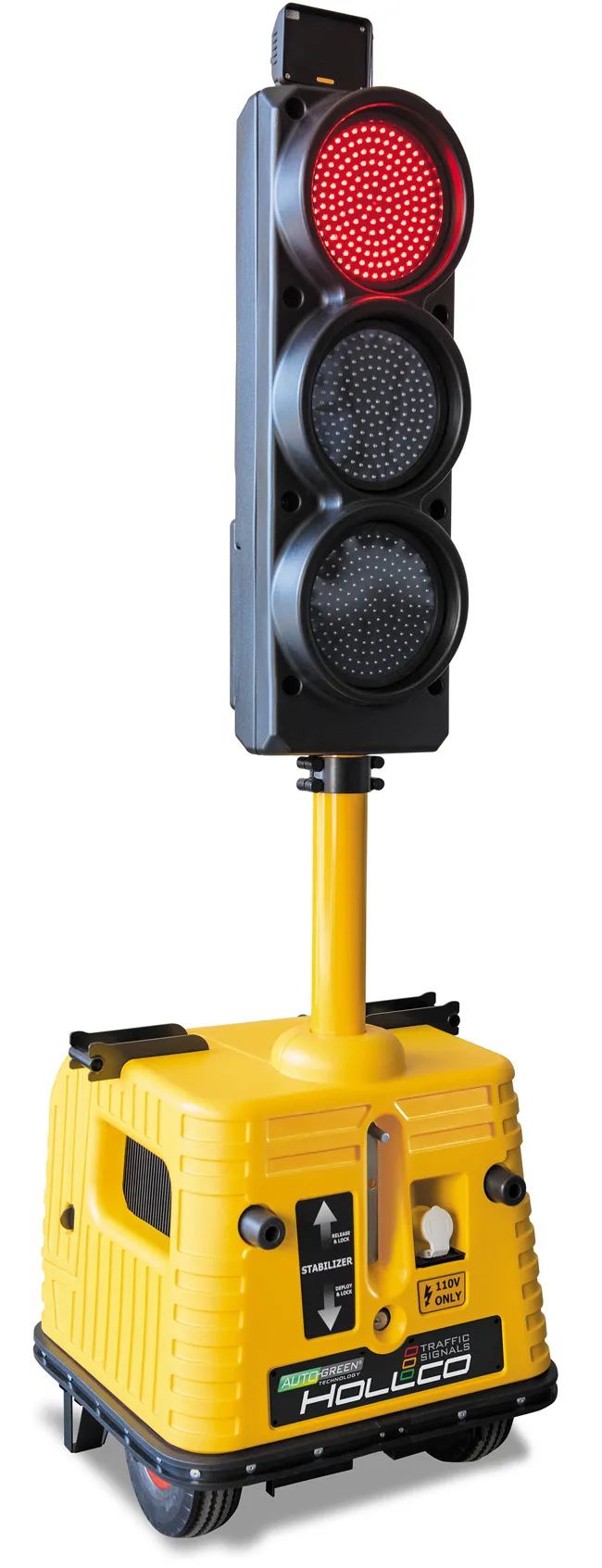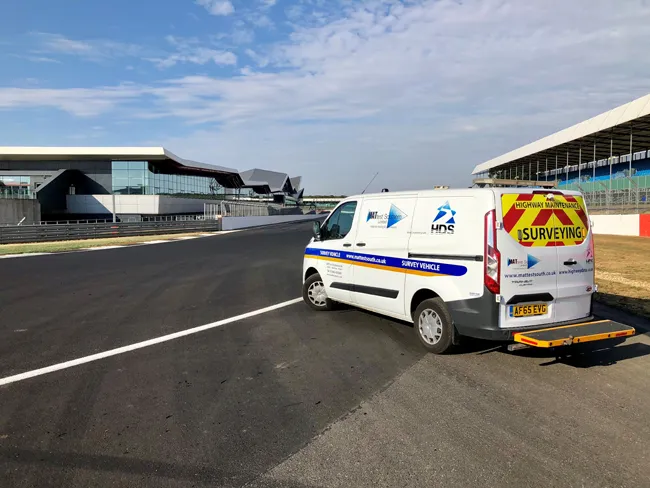
Portable traffic light manufacturer Hollco has delivered the first of its new RadioConnect2 (RC2) system. The RadioConnect2 went to Go Traffic Management which helped contribute to the development of RadioConnect2, said Phil Hutchinson, a director of Hollco, based in England.
“By focusing on energy efficiency we have improved run times to up to 18 days without the need for battery replacement or recharging. This will generate significant savings for operators by reducing the frequency of site visits. It will also mean less disruption for road users and a reduction in unnecessary customer contacts for the contracting organisation.”
Integral to each RC2 unit, AutoGreen technology uses information from its advanced radar sensor from AGD Systems to automatically adjust green and inter-red times to minimise traffic queuing. This adaptive approach can even automatically compensate throughout the day for tidal traffic flows.
“The result is shorter or eliminated queues for road users,” he said. RC2 is the first of a series of product launches and enhancements coming this year from Hollco’s parent, The Traffic Group - the new name for AGD Group. Go Traffic Management is a traffic management business that supplies temporary traffic management solutions to a broad spectrum of industries, with a particular expertise built up over many years supporting the utilities sector.








